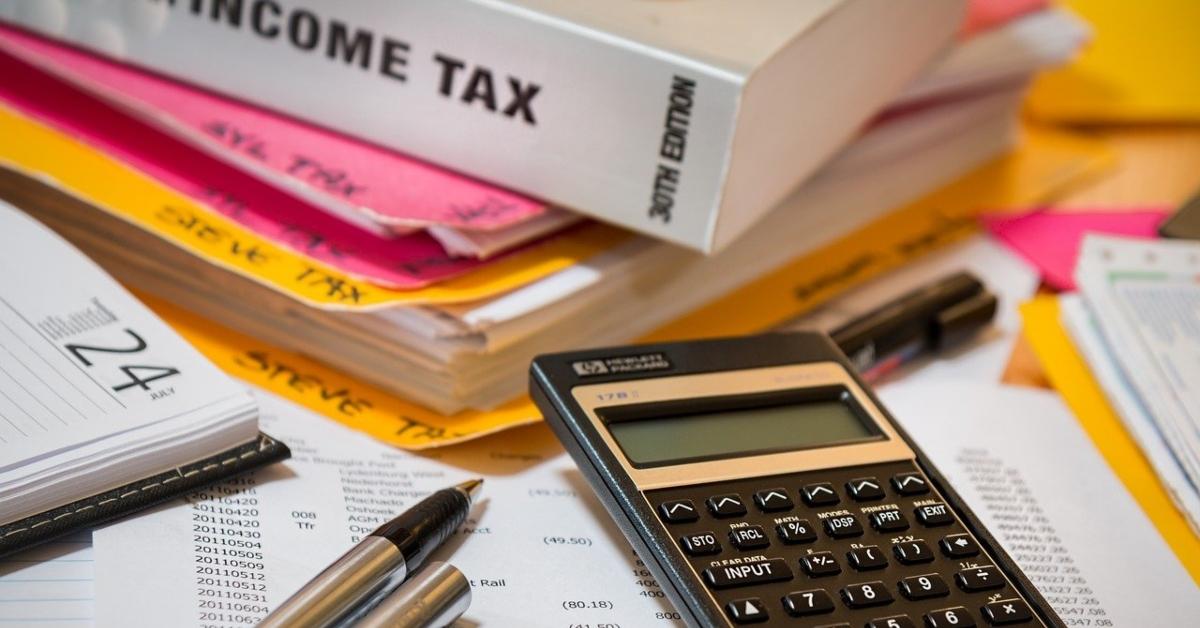How Will Joe Biden’s Tax Plan Impact Middle-Class Families?
Joe Biden said that he won’t raise taxes on those earning below $400,000 per year. What about middle-class families?
Nov. 15 2021, Published 9:36 a.m. ET

In October, President Joe Biden released a framework for a $1.75 trillion social and climate spending bill. More than half of the bill is funded by tax measures aimed at wealthy Americans. How will Biden’s tax plan impact middle-class families?
Biden has repeatedly stated that he won’t raise taxes on those earning less than $400,000 each year. Republicans and other critics have long argued that if Biden’s Build Back Better bill is enacted, the middle class will face a tax increase.

How Biden’s tax plan will impact the middle class
According to the Urban-Brookings Tax Policy Center (TPC) analysis, when individual income tax and payroll tax changes are taken into consideration, the bottom 80 percent of households will save between $700 and $830 on their tax payments next year. When all major tax provisions are taken into consideration, it's estimated that between 20 percent and 30 percent of middle-income households will pay $100 or less in taxes in 2022.
The extension of the child tax credit is only included for 2022 in the current bill. This suggests that middle-income households will pay slightly higher taxes in 2023 than they did in 2022. However, the bill is expected to raise taxes on nearly 30 percent of middle-class families, according to The New York Post. People earning $200,000–$500,000 would pay an additional $230 on average.

What taxes does Biden plan to raise?
It still isn't certain which policies will make the final cut. Lawmakers are negotiating the revenue-raisers for the social spending bill. The Biden administration’s core measures include increasing the corporate income tax rate, the capital gains rate, and the top marginal income tax rate. In addition to the 15 percent corporate minimum tax for companies with over $1 billion in profits, the bill would impose a separate 15 percent minimum tax on foreign income earned by U.S. companies. The plan would also impose a 1 percent surcharge on share buybacks.
The spending bill states that by simply increasing the capacity of the IRS, the government can recover $400 billion over a decade. The Build Back Better framework includes two measures associated with business income. One would levy a 3.8 percent Medicare surtax on all income from pass-through businesses, while another would restrict the wealthy’s tax advantage on company losses.
Higher taxes on wealthy Americans
The Build Back Better bill would levy a new surcharge on the top 0.02 percent of Americans. There would be a 5 percent surtax on modified adjusted gross income over $10 million, and an additional 3 percent surtax on income above $25 million. The surtax is expected to raise more than $230 billion over the 10 years.
Basically, an 8 percent surtax means that the richest would pay the top 45 percent federal marginal income tax rate on salaries and corporate income compared with the current 37 percent. They would also have to pay a top federal rate of 28 percent on long-term capital gains and dividends, in addition to the present 3.8 percent net investment income tax on wealthy Americans.
